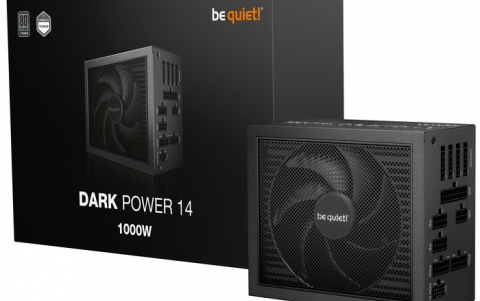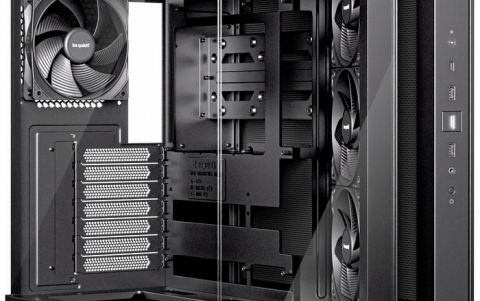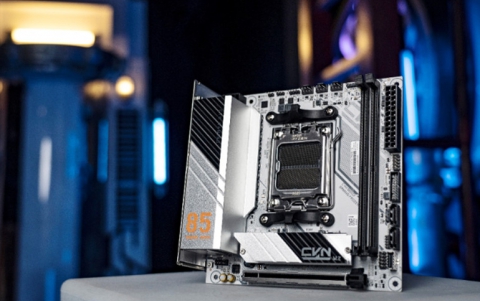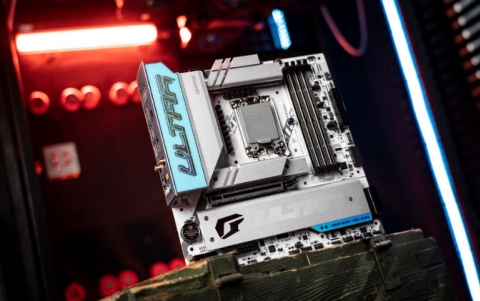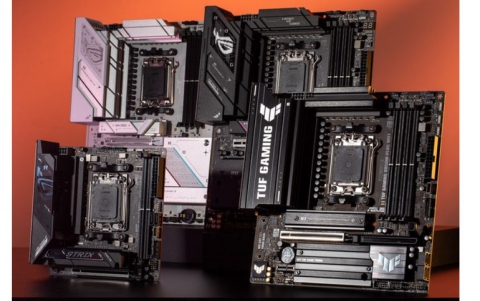VoIP Essentials
2. The Codecs
 The quality as well as the features attributed to any VoIP applications or
devices affect to a great extent the general quality of Internet calls. Like
we have
already mentioned at the beginning of this article, codecs take over our
voice compression-decompression-which, in the meanwhile, has been digitalized-,
so
that it occupies the least possible volume, while it is being transmitted
in the Internet. At the same time, they maintain voice quality at satisfactory
levels.
The quality as well as the features attributed to any VoIP applications or
devices affect to a great extent the general quality of Internet calls. Like
we have
already mentioned at the beginning of this article, codecs take over our
voice compression-decompression-which, in the meanwhile, has been digitalized-,
so
that it occupies the least possible volume, while it is being transmitted
in the Internet. At the same time, they maintain voice quality at satisfactory
levels.
To make a VoIP call feasible, both parties have to not only adopt the same communication protocol, but the same codec as well.
The main codec features are as follows:
- Sampling rate: 8 to 16 Khz are more than enough to achieve quality while transmitting voice.
- Codec bit rate: In this case rating fluctuates between 5 and 64 kbps. When referring to data flow, it is widely accepted that what is meant focuses on the rate of compression performed by the codec. A high rate means little or zero compression, therefore higher sound quality. On the other side, low compression is responsible for a big volume of packets and as a result, an increase in delays and jitter.
- Nominal bandwidth: It refers to the bandwidth needed for our connection with the Internet or in a LAN, so that the codec is able to achieve maximum performance. Apart from each codec’s data flow, the “load’ of various protocols being in control of the flow of packets like the UDP, RTP, IP and others, also has to be counted in, in the total bandwidth required.
- Time required to the creation of voice packets: The more time required to create voice packets, the less network load is achieved. On the contrary, longer times mean that the codec will have to compress a rather large volume of sound data, resulting thus in delaying data transmission as well as their reception. The acceptable compression times range between 10 and 40 ms.
MOST WIDESPREAD CODECS
G.711. It is the codec being used by digitalized fixed telephony networks. It relies on the Pulse Code Modulation [PCM] and provides relatively low compression. This means high quality when it comes to voice transmission; yet, wide bandwidth is required while connection is being attempted.
G.723.1. The high compression achieved by this particular codec relates to a minimum bandwidth to achieve VoIP communication. However, the quality of voice accomplished reaches mediocrity, while delays in telephone conversation increases. The fact that it has been designed to accommodate tele-conferences and telephone communications carried out by plain telephone lines is more than obvious.
G.729. It is normally found in VoIP SIP applications. It provides double compression than the one offered by the G.711, meaning that a rather high voice quality can be achieved, though the times required, to prepare coded voice packets are longer.
GSM. None other than the quite well known and qualitatively tested codec applied to the GSM mobile telephony networks.
ILBC. Its full name is the portrait of its capacities, [Internet Low Bitrate Codec]. It is provided at no cost, though some limitations are being imposed by the Global IP Sound. It is designed to facilitate use in low speed networks and incorporates special voice improvement techniques for lost packets.
Speex. It is an open software codec with very good technical features when compared to several “restrictive” as well as expensive codecs.
Skype. Last but not least, comes the codec referring to the most popular VoIP application. It has been developed by the Global IP Sound and naturally falls into exclusive utilization by the Skype.



